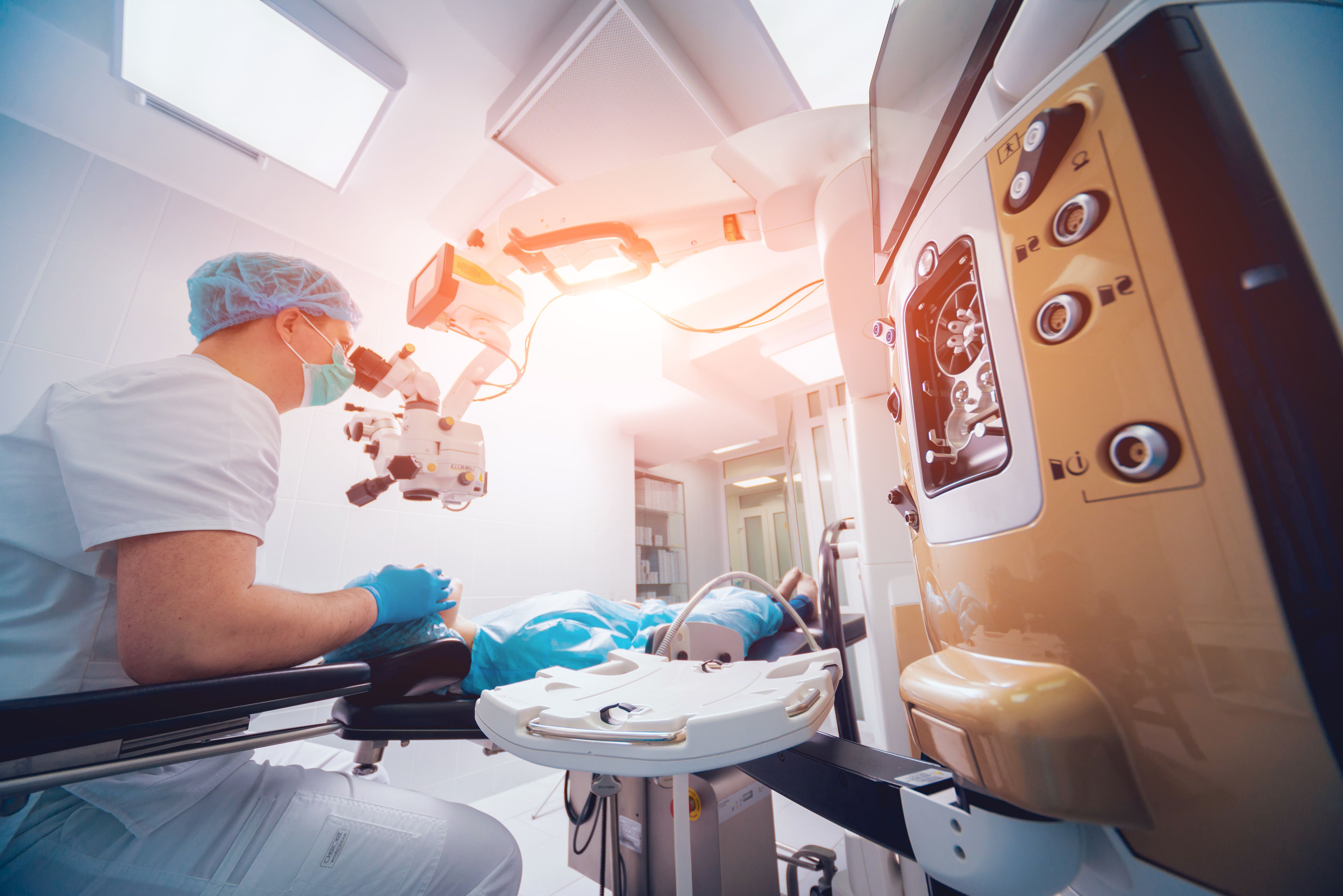Article
Dermoscopy: Safe, reliable procedure for imaging ocular surface lesions
Author(s):
According to one surgeon, the technique may reduce the need for biopsies.
The investigators concluded that dermoscopy is safe and reliable for obtaining photos of periorbital, eyelid, and conjunctival lesions.

Reviewed by Kevin J. Schneider, MD
Dermoscopy seems to be a valuable tool that is safe and reliable to use in oculoplastic surgery clinics. It is presently an underused resource in ophthalmology, according to Kevin J. Schneider, MD, an ophthalmology resident in the Department of Ophthalmology and Visual Sciences at University of Wisconsin-Madison, and colleagues at the University of Michigan Department of Ophthalmology in Ann Arbor, who presented findings regarding from a study regarding the utility of this technique during the American Academy of Ophthalmology 2022 annual meeting in Chicago.
Schneider described how this technique, which is used in by dermatologists to improve the diagnosis of skin lesions, can be used to diagnose and visualize periorbital, eyelid, and conjunctival lesions.
This procedure uses a handheld dermoscope that magnifies targets by 10 times and uses polarized and nonpolarized light for visualization. Dermoscopy can be performed both as a contact or noncontact procedure.
Ocular dermoscopy
During the study, Schneider and his colleagues obtained photographs of ocular lesions using a dermoscope with lesion-enhancing light features. He pointed out that currently there are no safety guidelines for its use around the eye.
The general steps in the procedure include sterilization of the instrument, positioning of the patient, a standard cell phone attachment, and capturing images of the lesions. In noncontact dermoscopy, the instrument is positioned at a proper distance from the lesion of interest, and the images are captured, he explained. In contrast, for contact dermoscopy, the following steps are followed: A gel is applied to a contact plate, the patient is told to look away from the area of contact, contact is established, and the images of the periorbital, eyelid, or conjunctival lesions are captured.
This prospective, proof-of-concept study included 97 patients during the study period from July 2021 to January 2022. Schneider reported that 91 high-quality dermoscopic images were obtained from 78 patients. The images obtained from the first 20 patients who underwent the procedure lacked sufficient quality because of the learning curve. After having issues with the first 20 patients, good-quality images were obtained from 78 of the next 79 patients. One oculoplastic surgeon and 2 dermatologists judged the image quality.
Biopsies of 63 lesions showed 42 benign lesions and 21 malignant lesions. No patients reported pain or discomfort during the procedure, which required an average of 3 minutes to complete.
The investigators concluded that dermoscopy is safe and reliable for obtaining photos of periorbital, eyelid, and conjunctival lesions. A strong advantage of the procedure is that it may reduce the performance of unnecessary biopsies. Future applications include comparisons with biopsy results, development of dermoscopic diagnostic criteria for ocular lesions, and adoption of dermoscopy to teleophthalmology.
“Dermoscopy of lesions illuminates detailed features due to polarizing and pigment-enhancing light and offers improved diagnostic capabilities,” Schneider concluded. “Future directions include engineering a dermoscope that can better access the medial canthus and evaluating diagnostic accuracy against biopsy.”
Kevin J. Schneider, MD
E: kschneider3@uwhealth.org
Schneider is from the Department of Ophthalmology and Visual Sciences at University of Wisconsin-Madison, Schneider has no financial disclosures related to the content of this article.
Newsletter
Don’t miss out—get Ophthalmology Times updates on the latest clinical advancements and expert interviews, straight to your inbox.





